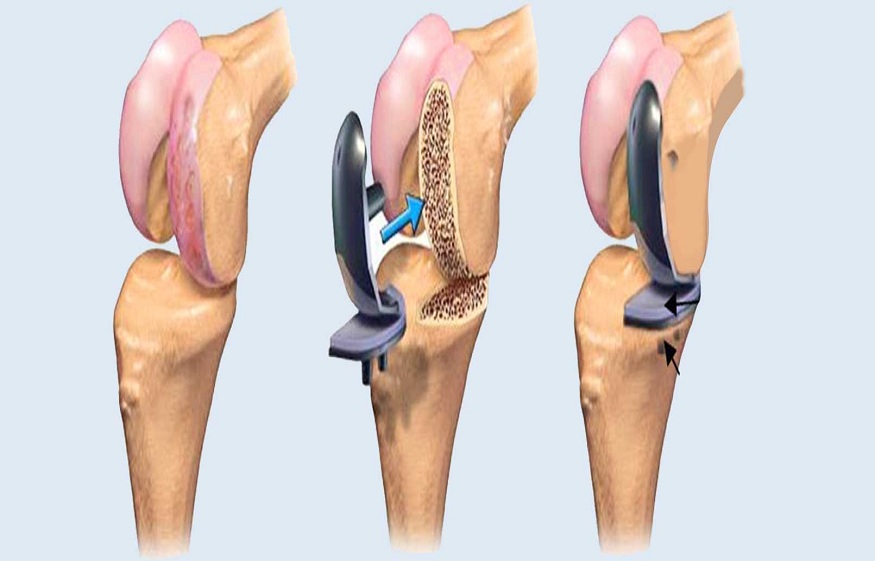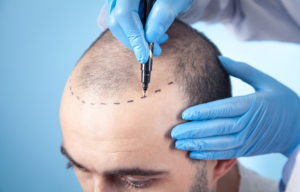Refractive lens exchange lens replacement surgery.?
3 min read
There are with presbyopia and farsightedness .
Refractive lens exchange is usually suitable for people with presbyopia or extreme farsightedness , for whom LASIK, PRK, and refractive phakic intraocular lens surgery are generally not desirable. If you have presbyopia and moderate to severe farsightedness, refractive lens exchange may be the only viable option to give you clear vision and minimize your need to use glasses after refractive surgery.
Lens replacement surgery can also correct myopia,
but is generally not recommended when LASIK, PRK, and refractive phakic intraocular lens surgery are possible.
Refractive exchange lens surgery is virtually identical to cataract surgery . The only difference is that a refractive lens exchange replaces a clear lens rather than a cloudy lens due to a cataract .
As with cataract surgery, the natural lens can be replaced with three types of intraocular lens, depending on your visual needs and the health of your eyes. Here they are :
Monofocal lenses provide clear vision at far, intermediate, and near distances, but not all three distances at once. Toric intraocular lenses to correct astigmatism are also part of the category of monofocal intraocular lenses.. An accommodating intraocular lens is a type of monofocal lens that allows focusing at multiple distances by moving across the eye.When it comes to intraocular lenses, there is no and your eye surgeon will recommend the intraocular lens best suited to your needs.The initial recovery period following a refractive lens exchange is approximately one week. You can then resume your normal daily activities.It may take several weeks for the final results of a refractive lens exchange to become apparent, and you may notice disturbances in vision, such as blurred vision , halos, and glare or an “itchy” feeling during healing your eyes.
You should be able to return to work and drive about a week after surgery,
Normally, you shouldn’t feel an intraocular lens, just like you don’t feel a cavity filling. Also, because the intraocular lens sits inside your eye and not on the surface like a contact lens, no one will be able to see it.
The intraocular lens is a permanent replacement for your natural lens and is designed to last the rest of your life. In addition, the risks of regression, such as deterioration of vision or loss of the corrective effect over time, are very minimal.
Non-surgical options for presbyopia include reading glasses, bifocals or progressive lenses , and multifocal contact lenses . Another option is to wear contact lenses for monovision.
Refractive surgery, such as LASIK, PRK, or phakic intraocular lenses, cannot directly correct near vision loss caused by presbyopia.
And while monovision LASIK and conductive keratoplasty are now available, not everyone is an eligible candidate or meets the treatment parameters for these surgeries.
For people with presbyopia and moderate to severe farsightedness, refractive lens exchange is often the most appropriate surgical option.
The multifocal and accommodating intraocular lenses allow you to focus at all distances, in addition to correcting presbyopia and poor vision at far distances.
Unlike LASIK or PRK, refractive lens exchange can correct virtually any degree of farsightedness, and visual acuity after refractive lens exchange surgery is often superior to LASIK and PRK results in cases of moderate or severe hyperopia.
If you have myopia, refractive lens exchange should be done only if you are not a good candidate for any other vision correction surgery. People with myopia have higher risks of retinal detachment during clear lens extraction. Therefore, all other refractive surgery options should be explored first.
Vision after refractive lens exchange
The type of intraocular lens used will determine whether or not you will need glasses or contact lenses after a refractive lens exchange.
Monofocal intraocular lenses are very often used for cataract surgeries and refractive lens exchanges. They offer excellent vision and unparalleled differential sensitivity, in addition to presenting low risks of vision disturbances, such as halos and glare.
However, since monofocals are designed to focus only on a distance, you’ll likely need the glasses for close-range tasks like reading fine print and working on the computer. However, monovision can improve your near vision.







